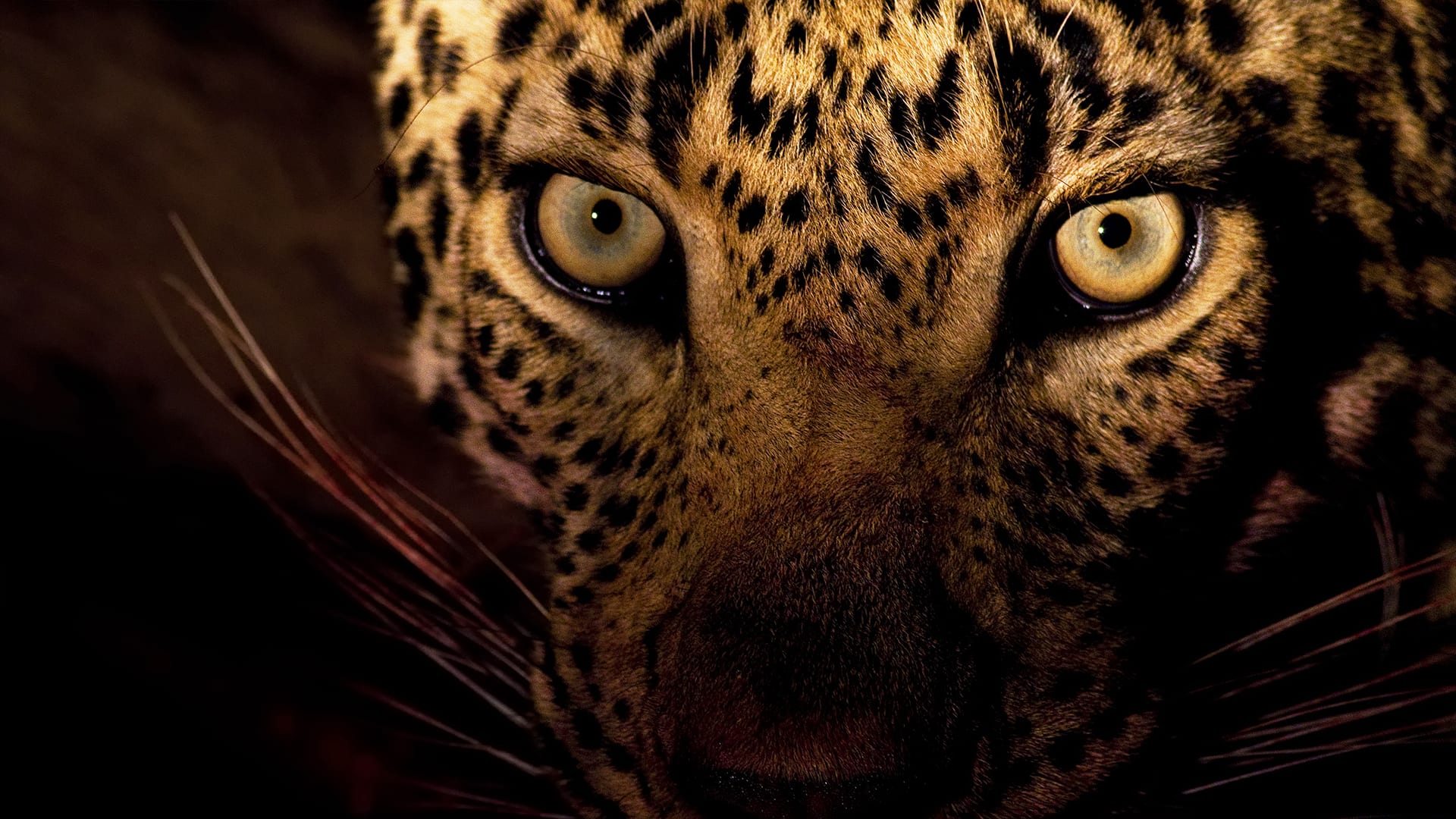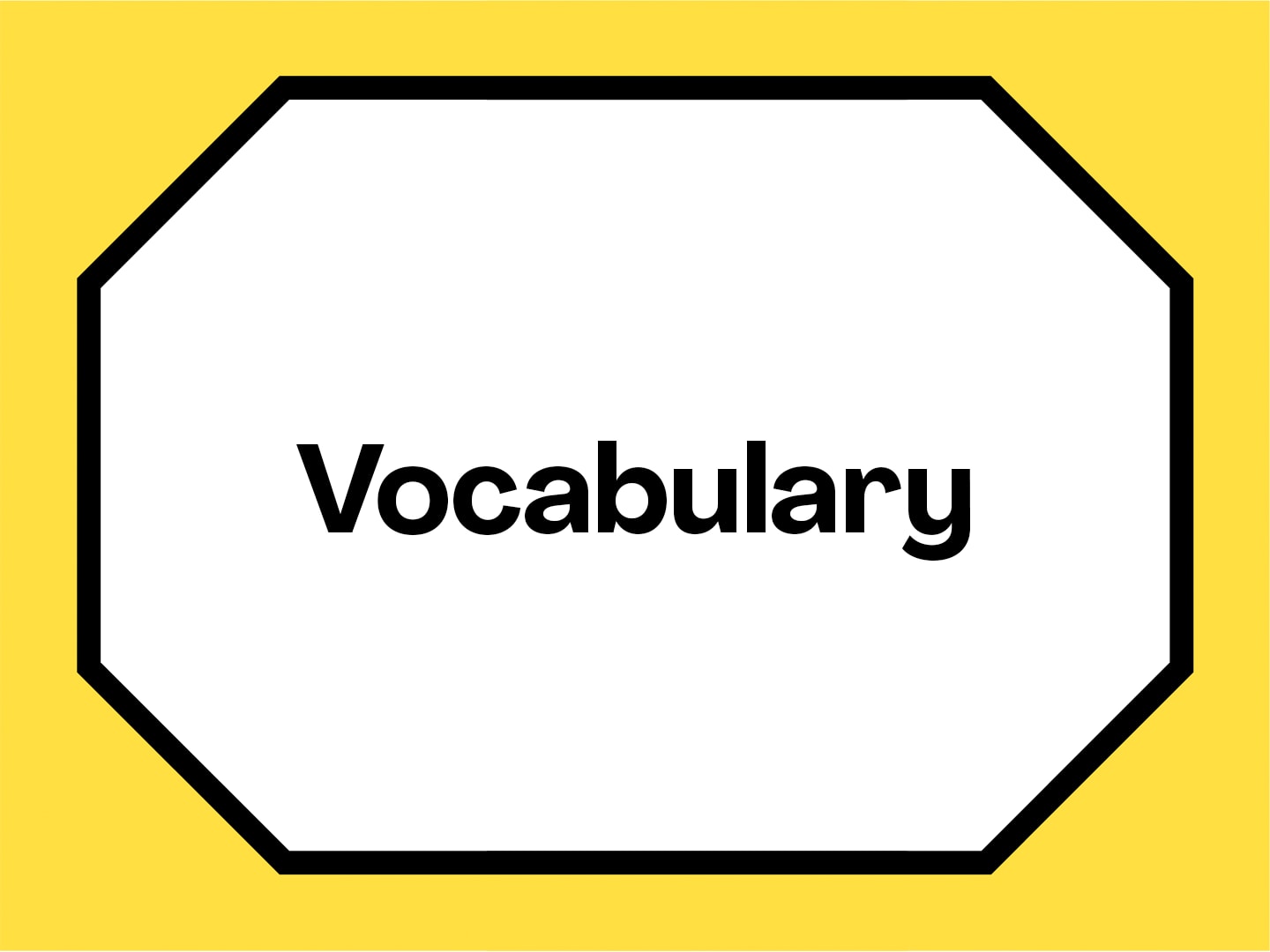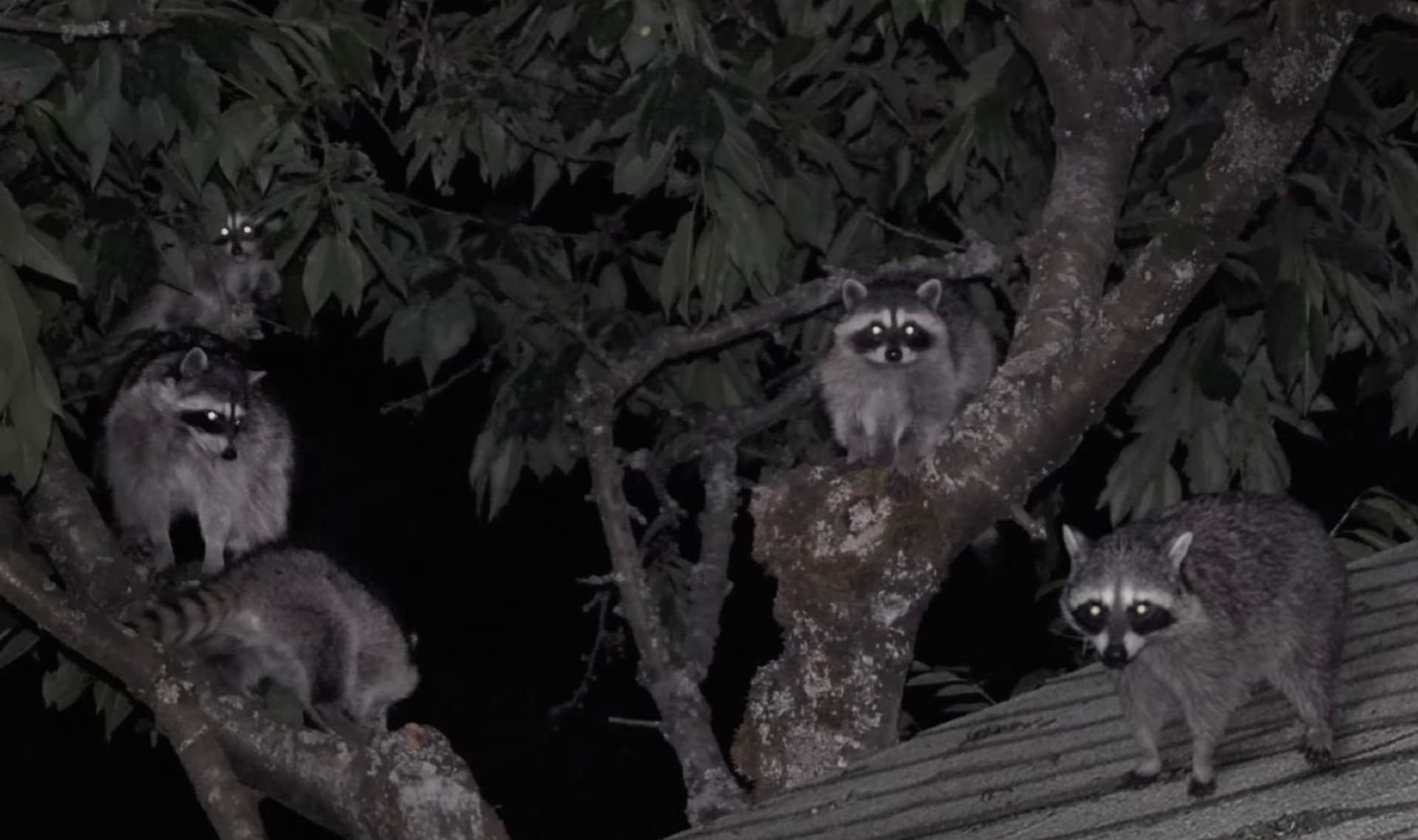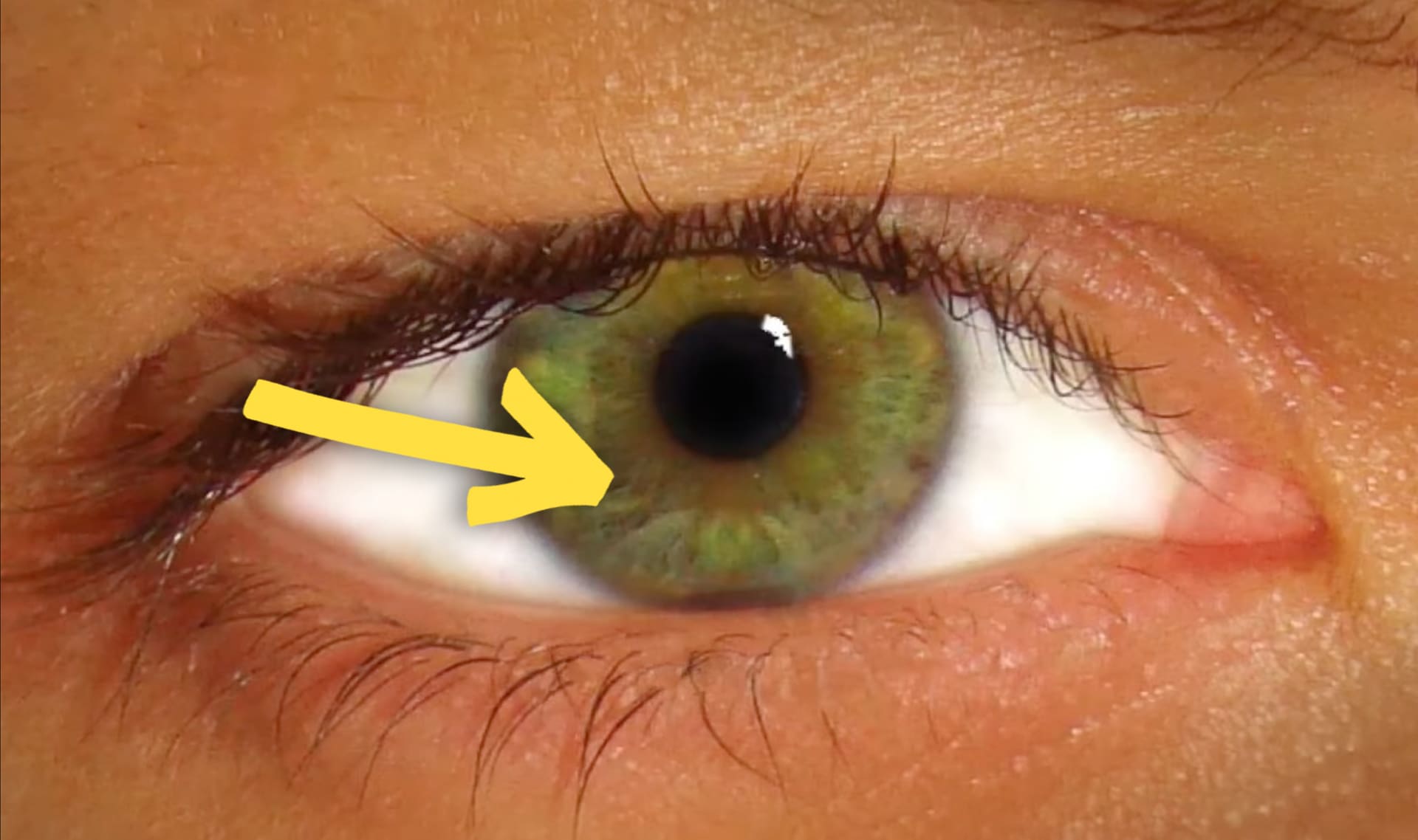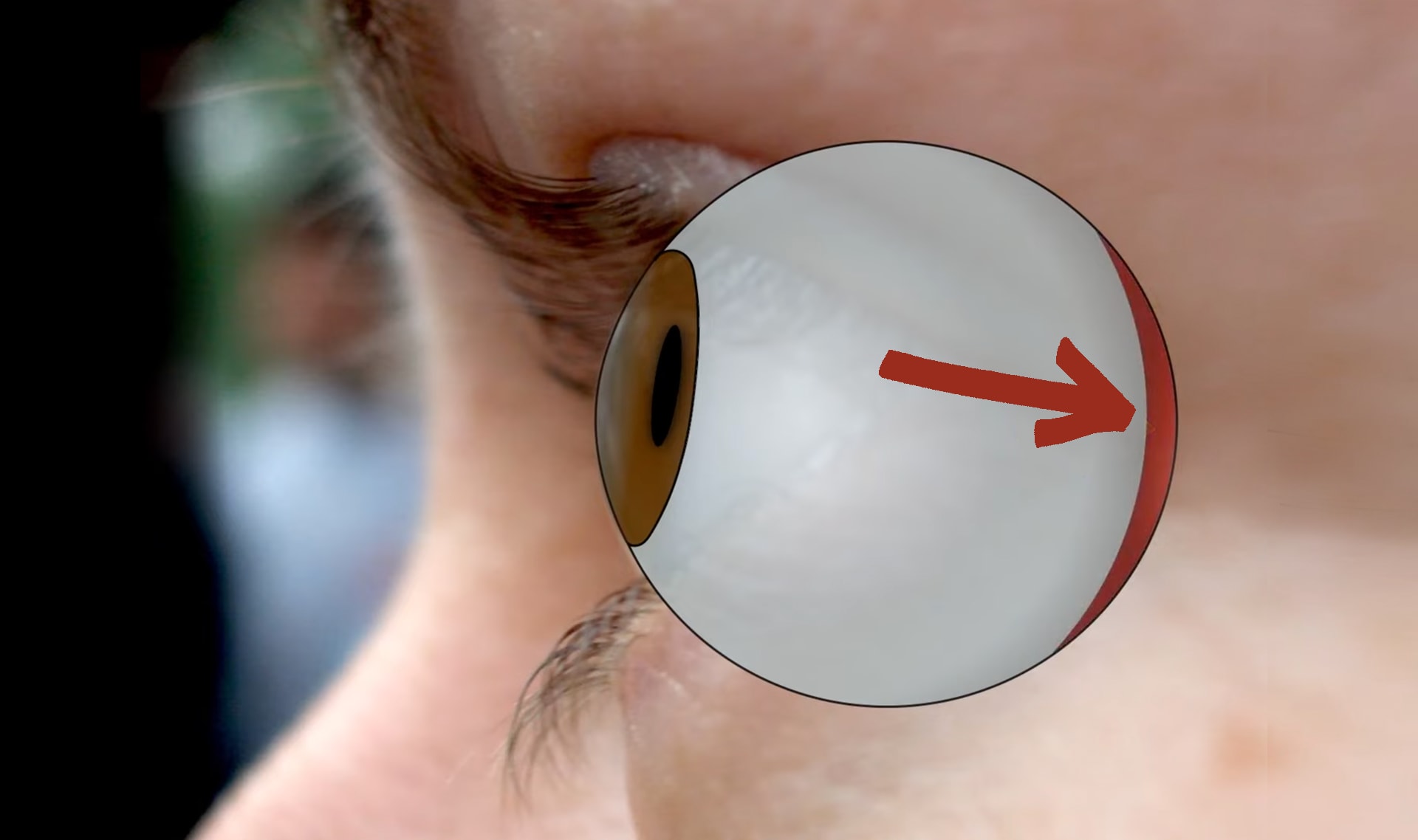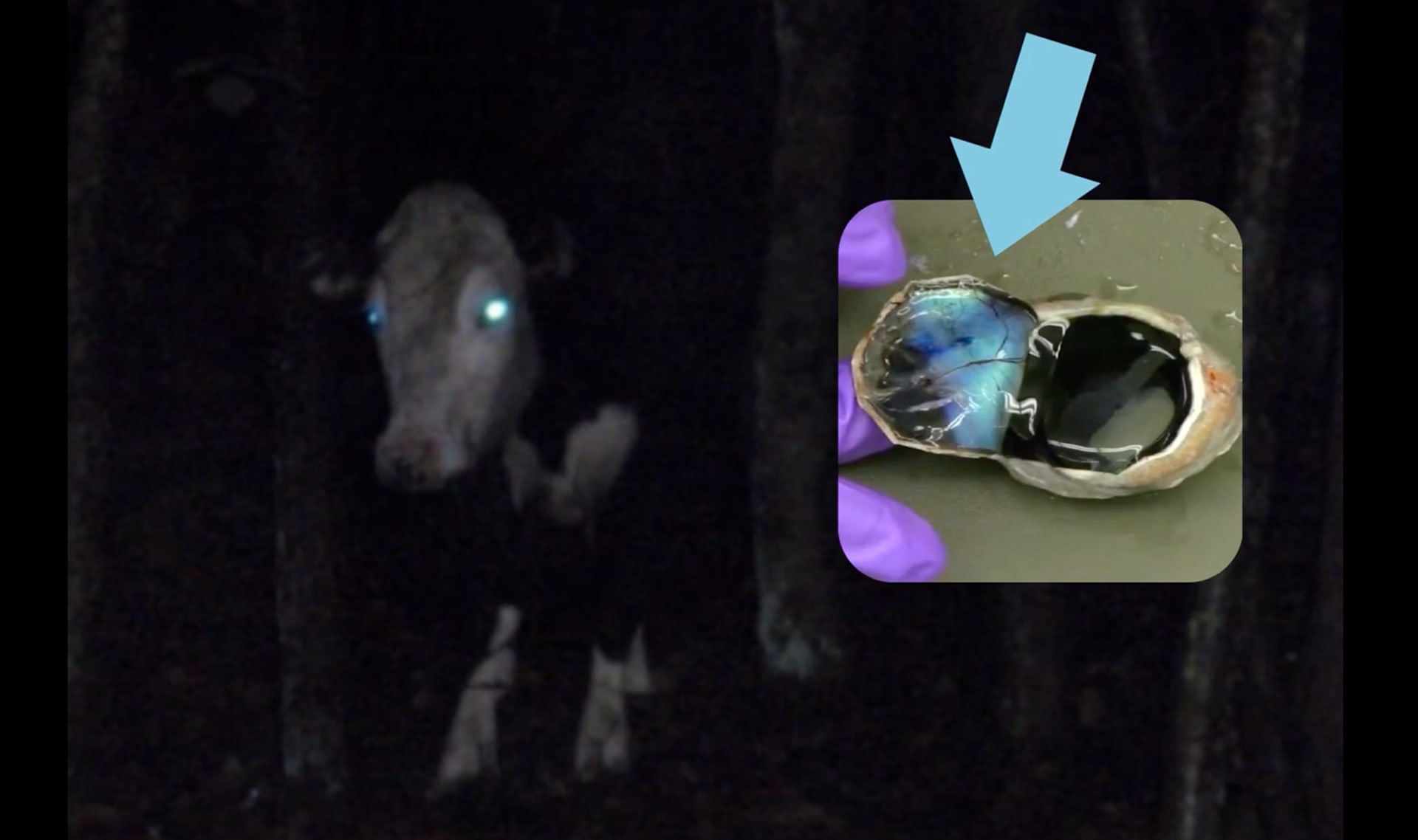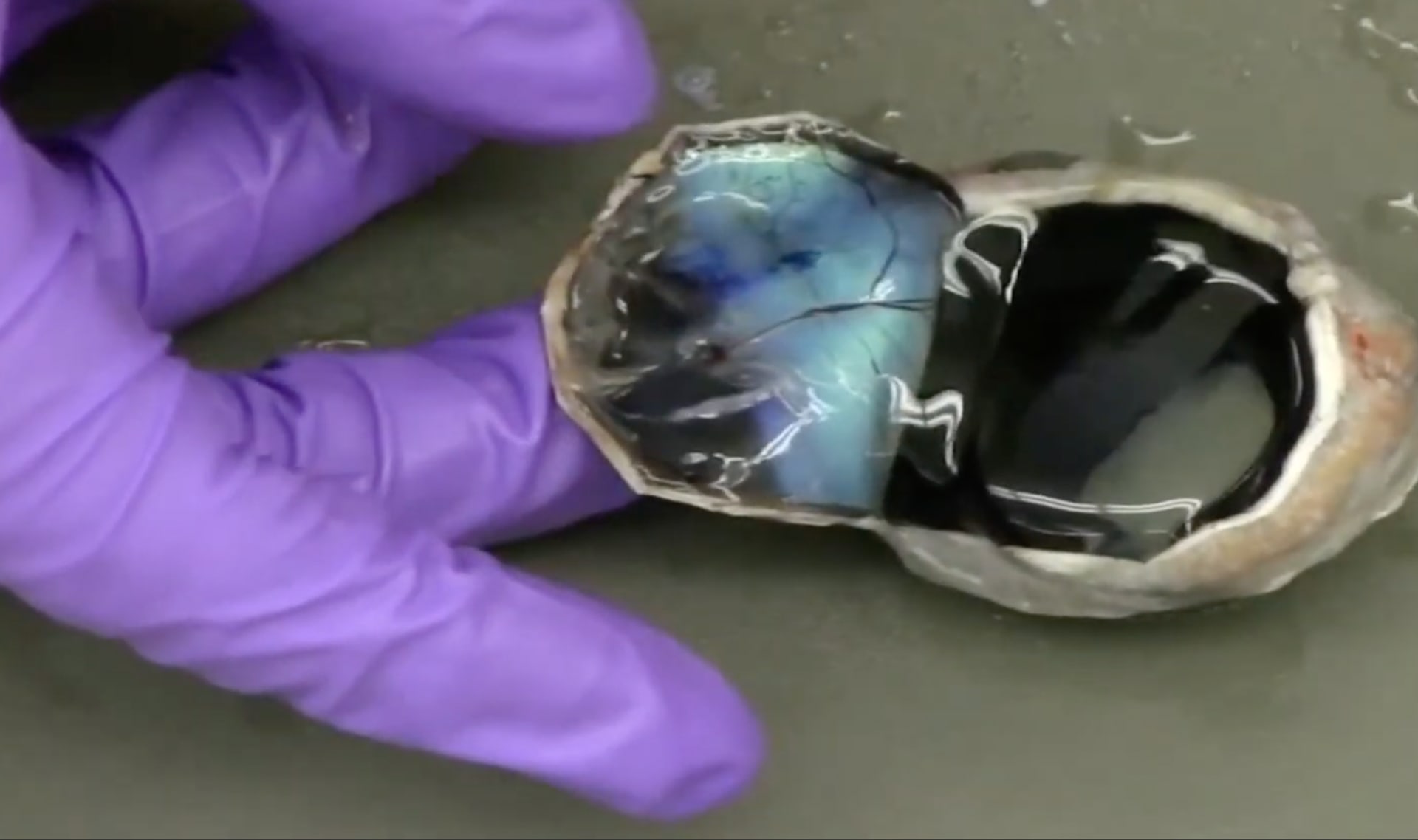Mystery Science respects the intellectual property rights of the owners of visual assets.
We make every effort to use images and videos under appropriate licenses from the owner or by
reaching out to the owner to get explicit permission. If you are the owner of a visual and
believe we are using it without permission, please
contact us—we will reply promptly and make
things right.
Exploration
dilapidated house by
Downtowngal
, used under CC BY-SA
manhattan by
Leifern
, used under CC BY-SA
optical illusion by
Edgar Mueller
, used under CC BY-ND
for rent sign by
Bart Everson
, used under CC BY-SA
brain by
_DJ_
, used under CC BY-SA
flashlight by
Stocksnapper
little girl by
ANURAK PONGPATIMET
cat dilated pupils by
Andreibanc
, used under Public Domain
monster flashlight outside by
youshoojump
raccoons in cherry tree by
AndrewBrownsword
, used under CC BY-SA
old woman by
beeboys
racoons peaking out by
mountainamoeba
, used under CC BY
racoons climbing by
hobvias sudoneighm
, used under CC BY
camping by
Zachary Collier
, used under CC BY-SA
family by
Michael Bentley
, used under CC BY-SA
raccoon by
Jinterwas
, used under CC BY-SA
pizza by
The Pizza Review
, used under CC BY-SA
cat by
ch2daewong
scientist lab computer by
Rhoda Baer
, used under Public Domain
brains by
Prylarer
, used under Public Domain
owl by
Hector Bottai
, used under CC BY-SA
brain background by
Simon
, used under Public Domain
deer by
harrystilianou002
little girl sleeping by
Petra
, used under Public Domain
sheep brain by
Aaron Bornstein
, used under CC BY-SA
surgery by
skeeze
, used under Public Domain
gears by
Libertad
, used under Public Domain
lightbulb by
Greg Westfall
, used under CC BY-SA
eyeballs by
Patrick J. Lynch
, used under CC BY-SA
eyeballs connected to brain by
Pete Linforth
, used under Public Domain
ambulance by
Canuckle
, used under CC BY-SA
green eye by
Pedramiri
, used under CC BY-SA
business cards by
Niek Verlaan
, used under Public Domain
iPhone by
Hurk
, used under Public Domain
nervous system by
Chris
, used under CC BY-SA
old photograph by
Michal Jarmoluk
, used under Public Domain
Inside Out by
Disney
/ "fair use" ??
light switch by
Martin Cathrae
, used under CC BY-SA
door by
r. nial bradshaw
, used under CC BY
cat's eyes by
Takuma Kimura
, used under CC BY-SA
owl's eyes by
Airwolfhound
, used under CC BY-SA
rodents eyes by
Arjan Haverkamp
, used under CC BY-SA
night sky by
Hector Bayes M
, used under CC BY-SA
moon by
lovecatz
, used under CC BY-SA
tarsier by
JennyHuang
, used under CC BY-SA
tarsier in tree by
David Evison
gecko by
Megan
Crested Gecko pupil response by
JB's Cresties
dog in the dark by
Rennett Stowe
, used under CC BY-SA
deer at night by
lovecatz
, used under CC BY-SA
cow at night by
Clark
cow eye dissection by
Project NEURON
, used under CC BY
making tape glow on bike by
Hyper Spectrum Reflective
masking tape by
TapeCase
making tape glow video by
Steve Cole
cat by
Andrew Gatt
, used under CC BY
dog by
Thirteen of Clubs
, used under CC BY-SA
crocodile by
sodai gomi
, used under CC BY
face in dark by
Natalie 93
photographer by
fedi
red-eye effect humans by
PeterPan23
red eyes by
Mikael Häggström
Activity
racoons by
USFWS Mountain-Prarie
, used under CC BY
first face by
Konstantin Chagin
second face by
pathdoc
pupil response by
Hasan Sawan
two lizards by
Ltshears
, used under CC BY-SA
graphic pencil by
JohannPoufPouf
, used under Public Domain
Other
Unit: black cat, green eyes by
LisaRedfern
